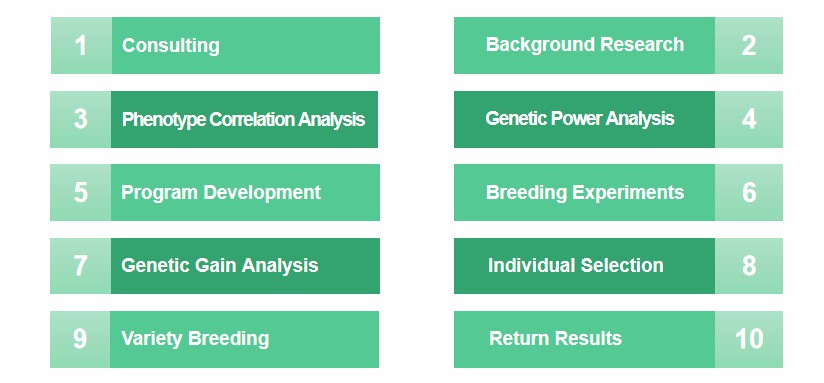
Willows (Salix spp.) is a highly diverse tree and shrub of the genus Salix catkins, containing more than 500 species commonly found in boreal and temperate regions of the northern hemisphere. Willows appear in various growth forms and have a wide adaptability to the environment. Some species resist drought and salinity and can grow in places with harsh ecological conditions.
Willows are beautiful and have high ornamental value. And it has strong resistance to air pollution and dust and is often used as a garden ornamental and green tree. The material of Willows is light, easy to cut, does not deform after drying, and has no special odour. It can be used for construction, pit wood, box board, and matchsticks. Willow has a high wood fiber content and is the raw material for paper and rayon.
To cultivate willow trees with characteristics such as fast growth, high yield, genetic diversity, resistance to diseases and insect pests, salt and alkali tolerance, and no flying catkins, relevant willow breeding programs have been formulated and carried out in many places. As a world-leading plant biotechnology company, Lifeasible can provide Salix spp. breeding service to researchers with related breeding needs.
Willow breeding has a long history and has accumulated rich breeding-related research. To meet the different needs of customers, Lifeasible can provide methods such as hybrid breeding and clone breeding.
There are many species of willow, dioecious, easy to hybridize, and the hybrid growth potential and adaptability are strong. With the revelation of the willow genome, modern molecular techniques such as genotyping, genetic mapping, etc., serve as tools for marker-assisted selection to screen parents and offspring with specific genes and gene families. Our willow hybrid breeding, including interspecific and intraspecific hybridization, can improve the resistance and wood properties of willow trees and help customers improve the economic benefits of willows.
According to the breeding objectives, we select parental combinations for crossbreeding that match the main traits, have strong compatibility, complementary good traits, and have a high survival rate.
In hybrid breeding, the different parents are supposed to be physically separated to prevent pollen mixing and interbreeding. Pollen viability should be measured before pollination, and artificial pollination should be carried out when the stigma of the female inflorescence secretes mucus. After pollination, bagging and isolation were carried out, and after the hybrid seeds gradually matured, the hybrid seeds of the same hybrid combination were collected and sown.
We measure the survival rate, growth, pest and disease resistance, and target traits of the offspring and select the offspring with excellent indicators.
Clonal breeding is a rapid method in modern forestry with the advantages of high yield, short cycle, and high economic benefits. Willow clonal breeding is carried out in natural or artificial hybrid populations. The breeding process includes phenotypic individual plant selection, clone selection, and clone fitness determination. The selected clones will be expanded and propagated.

Lifeasible systematically studied willow germplasm genetic diversity, kinship, and trait variation laws, etc., and can use breeding technology to breed new willow varieties with various excellent traits. We guarantee to appoint someone to oversee your breeding program and communicate with you any time. If you have questions, inquiries, or cooperation with our Salix spp. breeding service, please do not hesitate to contact us.
References
Lifeasible has established a one-stop service platform for plants. In addition to obtaining customized solutions for plant genetic engineering, customers can also conduct follow-up analysis and research on plants through our analysis platform. The analytical services we provide include but are not limited to the following:
STU-CRISPR System Improves Plant Genome Editing Efficiency
April 19, 2024
Application of Exosomes in Facial Beauty
April 12, 2024